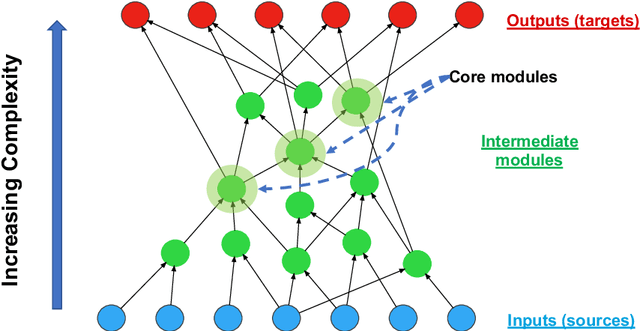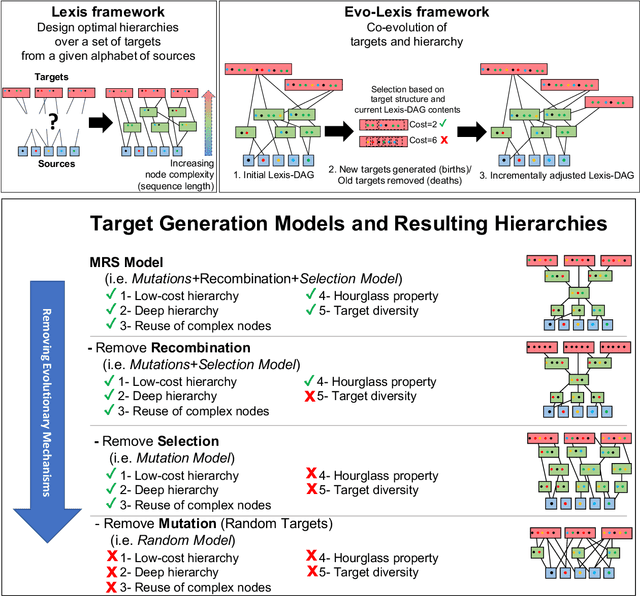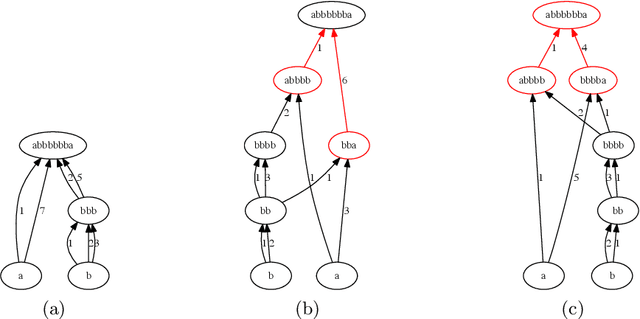Emergence and Evolution of Hierarchical Structure in Complex Systems
Paper and Code
Aug 04, 2018



It is well known that many complex systems, both in technology and nature, exhibit hierarchical modularity: smaller modules, each of them providing a certain function, are used within larger modules that perform more complex functions. What is not well understood however is how this hierarchical structure (which is fundamentally a network property) emerges, and how it evolves over time. We propose a modeling framework, referred to as Evo-Lexis, that provides insight to some fundamental questions about evolving hierarchical systems. Evo-Lexis models the most elementary modules of the system as symbols ("sources") and the modules at the highest level of the hierarchy as sequences of those symbols ("targets"). Evo-Lexis computes the optimized adjustment of a given hierarchy when the set of targets changes over time by additions and removals (a process referred to as "incremental design"). In this paper we use computation modeling to show that: - Low-cost and deep hierarchies emerge when the population of target sequences evolves through tinkering and mutation. - Strong selection on the cost of new candidate targets results in reuse of more complex (longer) nodes in an optimized hierarchy. - The bias towards reuse of complex nodes results in an "hourglass architecture" (i.e., few intermediate nodes that cover almost all source-target paths). - With such bias, the core nodes are conserved for relatively long time periods although still being vulnerable to major transitions and punctuated equilibria. - Finally, we analyze the differences in terms of cost and structure between incrementally designed hierarchies and the corresponding "clean-slate" hierarchies which result when the system is designed from scratch after a change.
 Add to Chrome
Add to Chrome Add to Firefox
Add to Firefox Add to Edge
Add to Edge